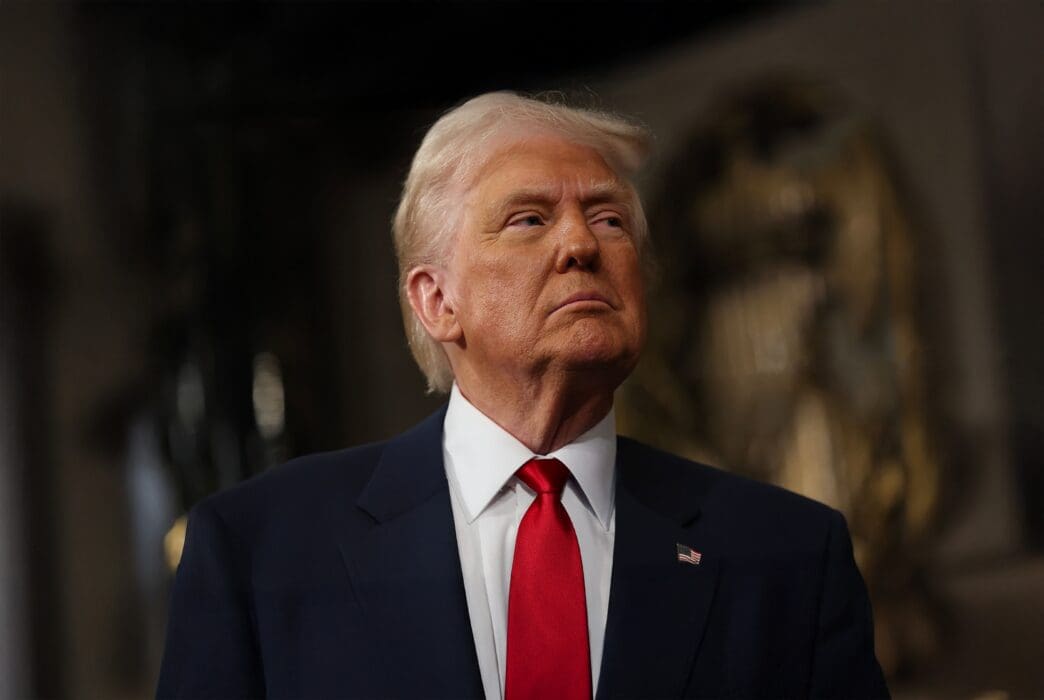Executive Summary
The Story So Far
Why This Matters
Who Thinks What?
The Trump administration is developing plans to provide billions of dollars in support to American farmers, particularly soybean growers, who have been significantly impacted by reduced purchases from China due to ongoing trade disputes. This initiative, a reprise of a previous bailout during President Trump’s first term, is aimed at alleviating financial strain on a key voter base but has sparked frustration among other U.S. businesses also suffering from the administration’s tariff policies.
Farmer Relief and Trade War Impact
Farmers have been hit hard as China, the world’s largest buyer of soybeans, halted purchases earlier this year. Brad Smith, a soybean and corn farmer in Illinois, stated that government aid could help him stay in business, noting that current soybean prices are below break-even levels. He views the bailout as a necessary “infusion of cash” to “stem the tide” of financial losses.
This plan reflects the pressure on President Trump from agricultural communities facing the consequences of his tariff policies. During his first term, China and other trade partners explicitly targeted agricultural exports to increase political pressure on the president.
Broader Business Frustration
While farmers are set to receive relief, many other U.S. businesses have voiced concerns about the damage inflicted by sweeping tariffs. These tariffs have raised costs for domestic firms and alienated international customers. Justin Turbeest, a craft brewer in Hudson, Wisconsin, had to lay off 20 staff after tariffs caused his costs to jump by approximately 40%.
Mr. Turbeest called the farmer bailout a “blatant political move” and expressed that it “feels unfair” on a personal level, as his business’s struggles are due to “political costs” rather than normal economic factors. While acknowledging the impracticality of wider relief, he highlighted the discrepancy.
“Picking Winners and Losers”
Advocacy groups like the Small Business Majority have criticized the targeted nature of the relief. Alexis D’Amato, representing the group, stated, “We don’t agree with picking winners and losers in this tariff fight,” arguing that small businesses beyond agriculture should also be considered for aid.
Other industries have also reported significant declines in exports. The California Wine Institute noted a 30% drop in wine exports this year, while the Distilled Spirits Council of the United States reported an 85% decrease in distilled spirits exports to Canada. Chris Swonger, president of the Distilled Spirits Council, emphasized that his industry should be included in relief considerations.
Scott Breen, president of the Can Manufacturers Institute, is advocating for an exemption from tariffs for tin plate steel, used for food cans, as part of any farmer relief package. He warned that without such an exemption, can costs would jump, creating ripple effects for farmers.
Administration’s Stance and Economic Debate
The Trump administration has stated it is responding to retaliation from China. However, President Trump has previously dismissed the need for small business relief, telling NBC News in May, “They’re not going to need it.” He has continued to expand tariff measures despite indications of limited public support.
Cornell University economics professor Chris Barrett noted that while farmers have been “clobbered” by trade shifts, the decision to grant relief would likely stoke debate, given the agricultural community’s strong political support for Trump and the overall financial standing of U.S. farmers. Research from President Trump’s first term indicated that a $28 billion bailout for farmers disproportionately benefited larger farms.
Even within the agricultural sector, the bailout is viewed as a temporary measure. Mark Legan, a livestock, corn, and soybean farmer in Indiana, described the expected government money as a “band-aid” that would not address underlying issues like falling crop prices and rising operational costs. Megan Wyatt, a toy shop owner in California facing 10-15% higher costs due to tariffs on Chinese goods, expressed a desire for a situation where “none of us were in this situation.”
Key Takeaways
The administration’s plan to bail out farmers underscores the economic divisions and challenges created by its tariff policies. While providing targeted relief to a politically significant group, the initiative highlights broader concerns about fairness and the impact on a diverse range of U.S. businesses.








